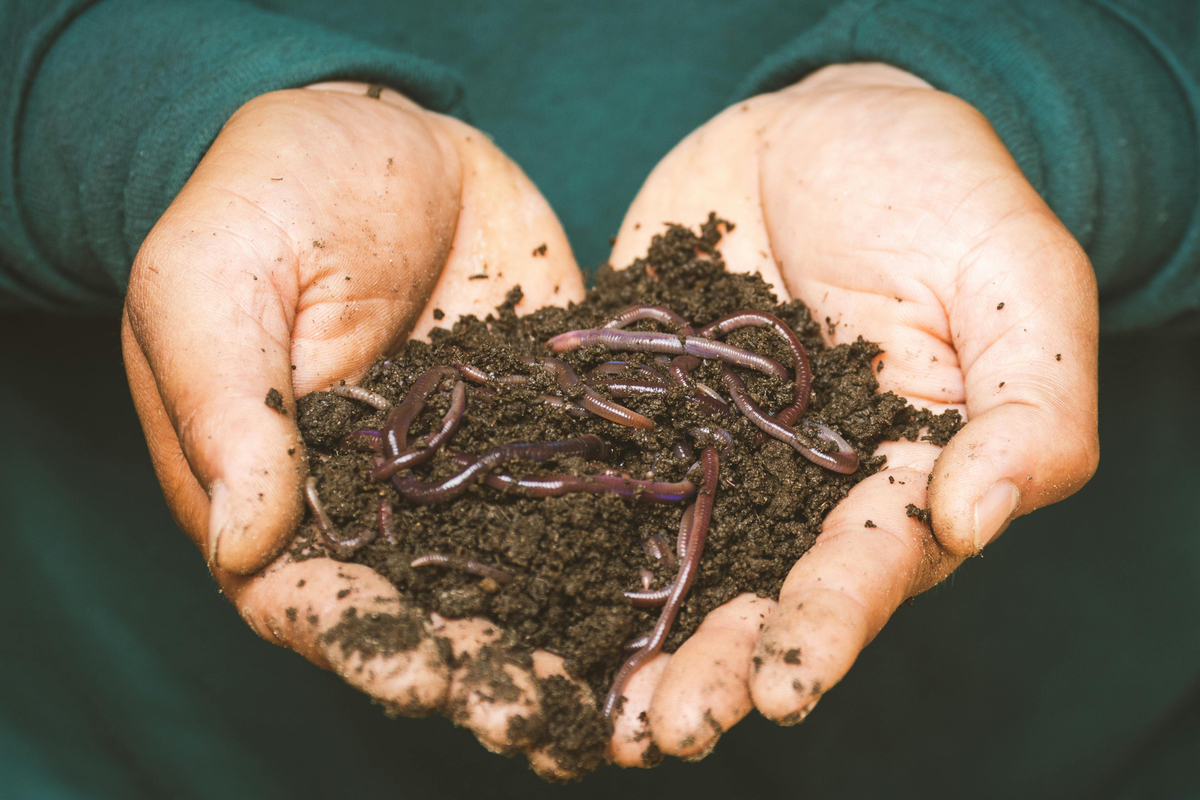What Is Composting?
Composting transforms food scraps and organic waste into nutrient-rich soil. By controlling heat, moisture, airflow, and sometimes using earthworms (vermicomposting), restaurants can reduce waste while benefiting the environment.
Benefits of Restaurant Composting
- Cost Savings – Reduces waste disposal costs and minimizes the need for chemical fertilizers.
- Waste Reduction – Diverts organic waste from landfills, lowering environmental impact.
- Sustainability – Supports a circular food system, reducing carbon footprints.
- Community Engagement – Appeals to eco-conscious customers and strengthens community ties.

How Composting Works
Successful composting requires four key elements:
- Materials – Balance nitrogen-rich (food scraps, coffee grounds) and carbon-rich (paper, leaves) waste.
- Temperature – Maintain 100–140°F to promote decomposition.
- Moisture – Keep materials damp but not soaked.
- Air Circulation – Ensure oxygen flow to prevent odors and speed up breakdown.
What Can and Can’t Be Composted
✅ Compostable: Fruit & vegetable scraps, coffee grounds, paper napkins, yard clippings
❌ Not Compostable: Meat, bones, dairy, grease, diseased plants
How to Start Composting in Your Restaurant
- Choose a Method – Use a haul-away service or compost on-site (check local regulations).
- Set Up a System – Provide labeled compost bins and place them in convenient locations.
- Train Staff – Educate employees on composting guidelines to prevent contamination.
- Use Eco-Friendly Materials – Opt for compostable takeout containers and cleaning products.
- Spread the Word – Promote your composting efforts to customers and the community.
The Impact of Composting
Restaurant composting reduces landfill waste, supports sustainability, and differentiates your business in an eco-conscious market. By taking small steps, you contribute to a greener future while improving your restaurant’s reputation and operational efficiency.








